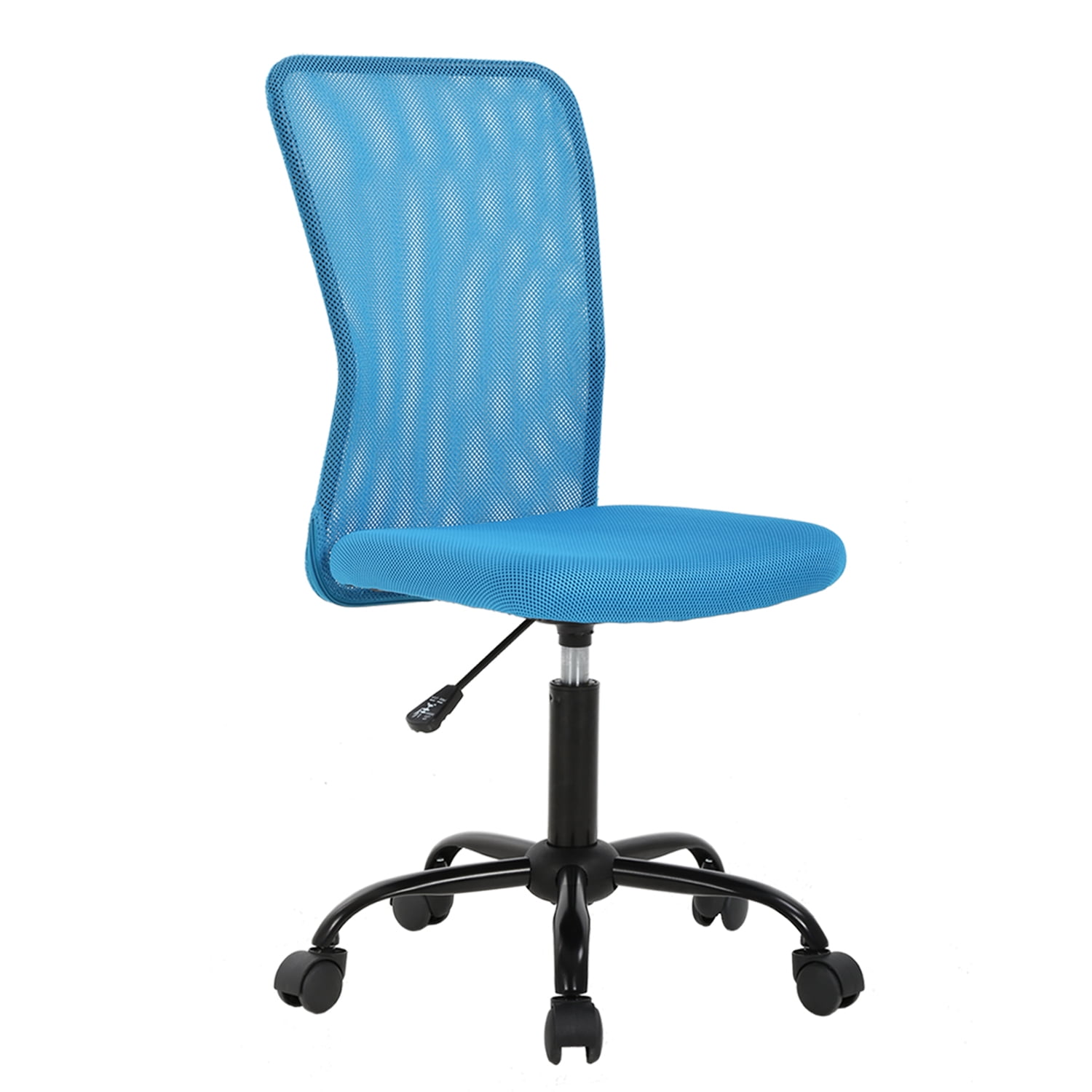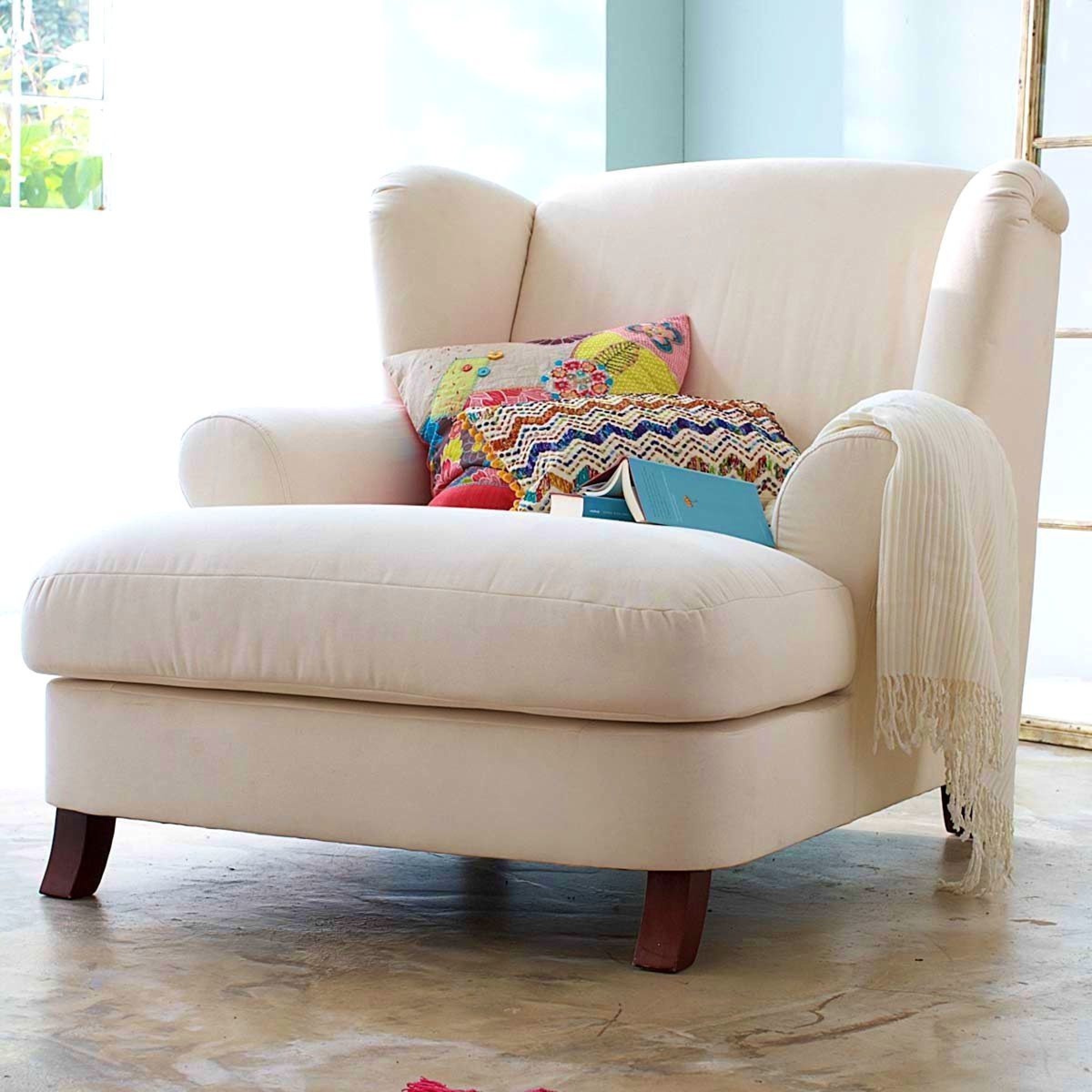Ergonomics and Comfort: Teenage Desk Chairs For Bedrooms

Teenage years are crucial for developing healthy posture and habits. Spending long hours at a desk can strain the back, neck, and wrists. An ergonomic desk chair specifically designed for teenagers can significantly improve their comfort and well-being while they study, work, or engage in hobbies.
Ergonomic Features for Teenagers
Ergonomic features are designed to promote proper posture, reduce strain, and enhance comfort. They are essential for teenagers as their bodies are still developing and susceptible to injuries.
- Adjustable Seat Height: This feature allows the chair to be adjusted to the user’s height, ensuring their feet are flat on the floor and their thighs are parallel to the floor. This helps maintain a neutral spine and reduces pressure on the legs.
- Lumbar Support: A built-in lumbar support provides a curve in the backrest that conforms to the natural curvature of the lower back. This helps to maintain proper spinal alignment and reduce back pain.
- Breathable Materials: Breathable materials like mesh or fabric allow air circulation, preventing sweating and discomfort during prolonged sitting.
- Adjustable Backrest: An adjustable backrest allows the user to recline the back of the chair to a comfortable angle. This can help reduce pressure on the spine and promote relaxation.
- Armrests: Adjustable armrests provide support for the arms and wrists, reducing strain on the shoulders and neck.
Comparison of Ergonomic Features, Teenage desk chairs for bedrooms
Different ergonomic features offer distinct advantages.
- Adjustable Seat Height vs. Fixed Seat Height: Adjustable seat height is crucial for ensuring proper posture and reducing strain on the legs and back. Fixed seat height chairs may not provide the same level of comfort and support for all teenagers.
- Lumbar Support vs. No Lumbar Support: Lumbar support is essential for maintaining proper spinal alignment and reducing back pain. Chairs without lumbar support may lead to discomfort and strain.
- Breathable Materials vs. Non-Breathable Materials: Breathable materials like mesh or fabric promote air circulation, reducing sweating and discomfort. Non-breathable materials can trap heat and moisture, leading to discomfort and potential skin irritation.
- Adjustable Backrest vs. Fixed Backrest: Adjustable backrests provide flexibility and allow users to find a comfortable reclining angle. Fixed backrests may not be as comfortable for all users.
- Armrests vs. No Armrests: Adjustable armrests provide support for the arms and wrists, reducing strain on the shoulders and neck. Chairs without armrests may lead to discomfort and strain on the arms and shoulders.
Style and Aesthetics

A teenage desk chair is not just a functional piece of furniture; it’s a reflection of their personality and style. Teenagers are highly conscious of their surroundings and want their spaces to be both comfortable and visually appealing. Therefore, the style and aesthetics of a desk chair play a crucial role in their decision-making process.
Popular Styles and Designs
The style and design of a desk chair are essential for teenagers, as they often spend considerable time at their desks studying, working on projects, or gaming. Various styles cater to different tastes and preferences.
- Modern and Minimalist: These chairs prioritize clean lines, simple shapes, and a focus on functionality. They are often made from materials like metal, leather, or fabric in neutral colors like black, white, or gray. Modern minimalist chairs can create a sleek and sophisticated look in a bedroom.
- Gaming Chairs: Gaming chairs are designed with comfort and ergonomics in mind, featuring adjustable features like armrests, lumbar support, and headrests. They often come in bold colors and designs with racing-inspired aesthetics, catering to gamers’ preferences for a dynamic and immersive experience.
- Colorful and Vibrant: Teenagers often gravitate towards chairs with bold colors and patterns that express their personality. These chairs can range from bright, eye-catching hues to more subtle and trendy designs. They add a touch of fun and energy to a bedroom.
Top Brands for Stylish and Functional Teenage Desk Chairs
Several brands specialize in creating stylish and functional desk chairs for teenagers. These brands prioritize both aesthetics and ergonomics, ensuring that the chairs are both visually appealing and comfortable for extended use.
- Herman Miller: Known for its iconic Aeron chair, Herman Miller offers a range of modern and ergonomic chairs designed for both comfort and style. Their chairs are often featured in minimalist and contemporary bedrooms.
- Steelcase: Steelcase offers a wide selection of chairs that prioritize both functionality and aesthetics. Their chairs are known for their durability, adjustability, and modern designs, making them suitable for teenagers’ needs.
- Humanscale: Humanscale is known for its innovative and ergonomic designs. Their chairs often feature sleek lines and minimalist aesthetics, appealing to teenagers who appreciate a modern and functional approach to furniture.
- Knoll: Knoll is renowned for its high-quality furniture, including a range of stylish and functional desk chairs. Their chairs are often featured in contemporary and minimalist bedrooms, offering a blend of elegance and comfort.
Functionality and Features

Teenage desk chairs are not just about aesthetics; they play a crucial role in supporting productivity and comfort during long study sessions or creative pursuits. Functionality and features are key considerations when choosing a desk chair for a teenager’s bedroom.
Swivel Functionality
Swivel functionality is a highly desirable feature in desk chairs, especially for teenagers. This feature allows the chair to rotate smoothly, facilitating easy access to different areas of the desk without the need to move the entire chair. This can be particularly beneficial for teenagers who frequently need to switch between tasks or access different areas of their workspace. The smooth rotation promotes a dynamic and engaging work environment, encouraging movement and reducing the risk of stiffness or discomfort associated with prolonged sitting.
